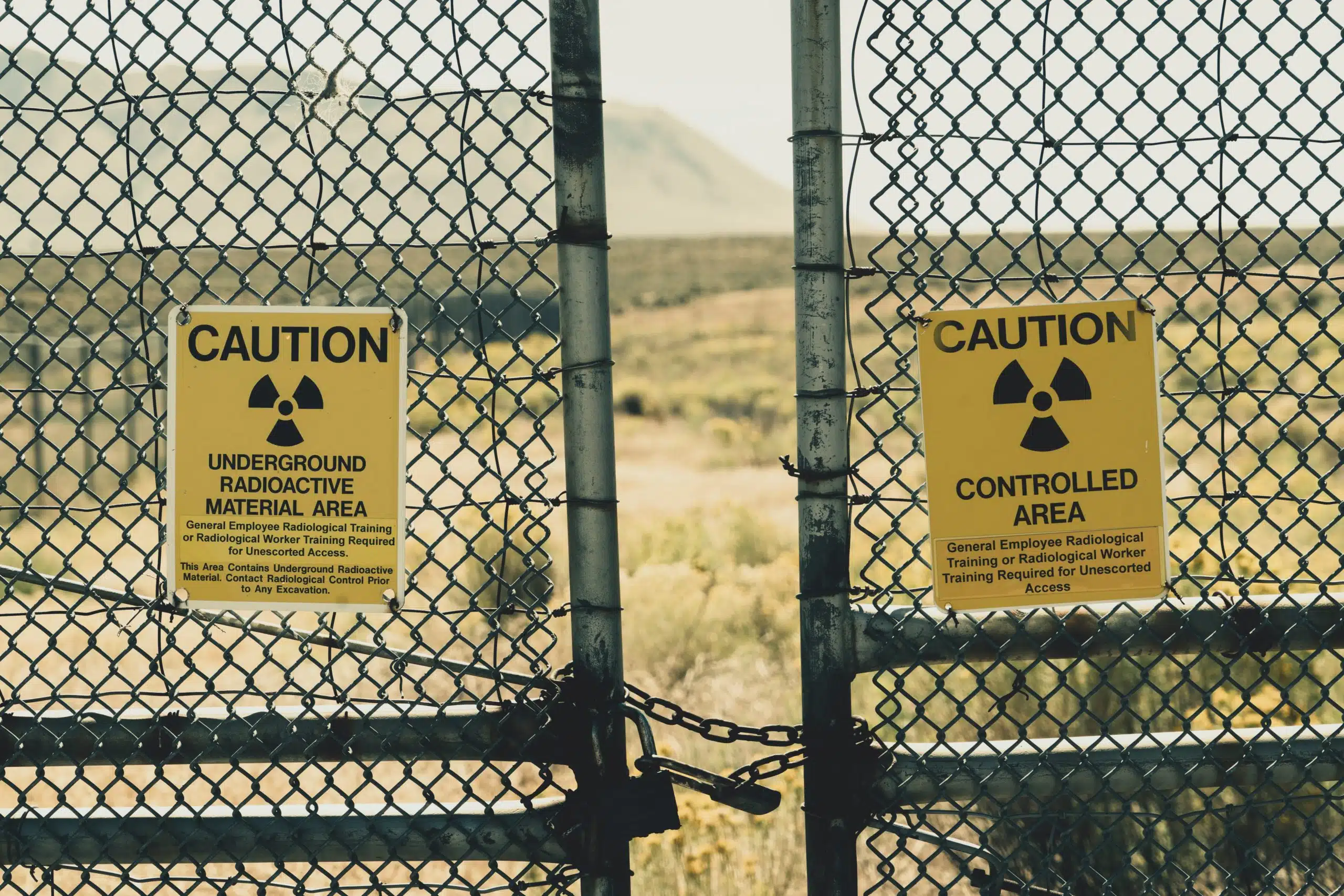The days of expensive, time-consuming, and environmentally hazardous nuclear cleanup may soon end, thanks to a recent development at the Pacific Northwest National Laboratory (PNNL).
Recently featured in the industrial journal Chemical Engineering and ProcessingProcess Intensification, a team at PNNL reported on a form of simple particle separation technology specifically developed to make nuclear cleanup more efficient and cost-effective.
How Does It Work?
The system is made up of several hockey puck-shaped receptacles filled with rows of descending posts, each row slightly offset from the one above it. Such a design allows for economies of scale without resorting to the construction of more elaborate infrastructure.
As fluid flows through at 90 gallons a minute, the arrangement of posts creates a series of form fields that let bigger particles move in a specific direction.
The system will feature multiple receptacles holding posts in different forms in its full-scale form to allow the faster flow of large particles.
This unique system was inspired by bump arrays commonly used in modern medicine. PNNL researchers Leonard Pease, Michael Minette, and Carolyn Burns were aware that bigger particles could be sieved out of process streams, but only at much slower flow rates, referred to as laminar flow.
Establishing Optimal Flow
Previously, experts believed that separating these particles through a larger, faster, more turbulent flow would not work. But their research has since disproved the notion. Rapid flows are the best way to achieve an optimal operational flow rate.
Based on the findings, the PNNL’s particle separation technology was noted to almost immediately separate larger particles from solid-liquid mixtures of varying combinations, volumes, and viscosity.
The separator flow was pegged at 94% throughout a seven-hour period without either stopping or clogging in the demonstration phase. Researchers also noted that the testing rate was set at 90 gallons a minute through a three-inch pipe. This was deemed an ideal rate in an industrial context.
Potential Uses
The PNNL team notes that the new technology will have numerous applications in heavy industry, but most especially for cleaning up nuclear waste or regular maintenance of nuclear power facilities. The system is expected to make the process more thorough and less dangerous.
Other potential industrial uses for it are seen in the food processing sector, advanced manufacturing, aerosols, environmental waste processing, and even oil, gas, and the production of chemical reagents.







